How to do well in the wellness space
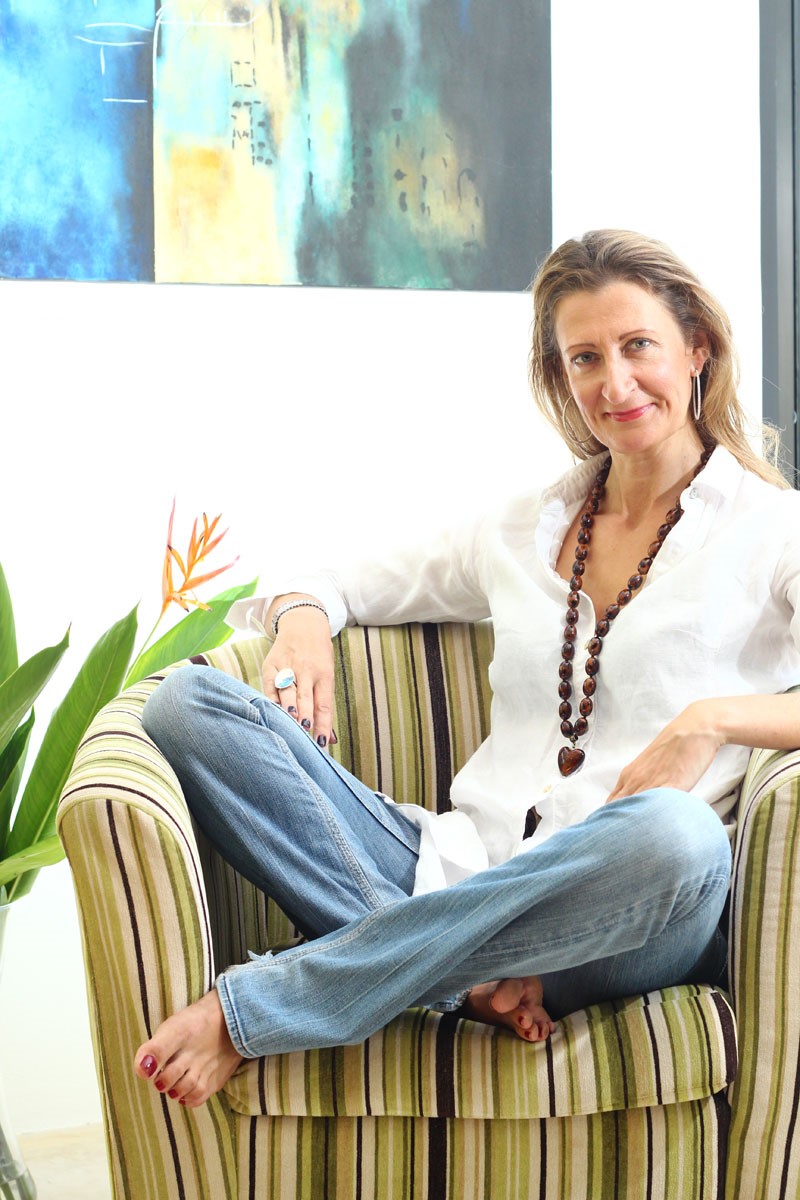
Anni Hood is CEO of Well Intelligence which powers Lotus Wellbeing, a full service strategic and marketing solution for brands operating in or looking to expand into the wellness space. Here she explores how travel and hospitality brands can incorporate wellbeing into their customer offering but first asks ‘who is the wellness traveller of the 2020s?’
Who are wellness travellers?
Wellness travellers of the roaring ’20s are more conscious, aware and are seeking destinations that reflect and deepen their own personal values. Physical wellbeing is as important as ever but pursuit of mental calm, emotional connection and spiritual growth are the coveted yearnings, certainly of the luxury market but, equally, the profile of the wellness traveller does not fit into a typical (high earner) luxury demographic. (I’m deliberately addressing the primary wellness traveller here. We’ll come onto the secondary later).
Traditional demographics are mattering less than relative psychographics. It’s about attitude, aspiration, purpose, beliefs and emotions, not age, title or life experience. The wellness traveller wants to grow and develop as a human being but, fundamentally, they want to feel better, about themselves and their contribution to the world.
Wellness isn’t saved only for the bigger wallets amongst us: demand is growing for more affordable venue provisions.
What is the wellness consumer looking for in their travel – both leisure and business?
Wellness travellers want to be able to continue their lifestyle habits when they’re on the move. They may not be on a wellness specific trip (these people are referred to as a secondary wellness traveller, who account for 89% of wellness trips) but they want to continue their wellness lifestyle. They want easy access to nutritious, healthy food, and hydration without needing to purchase plastic bottles. The want quality sleep, so black-out blinds, noise pollution, room temperature controls, and filtered air. Movement and exercise programming is a natural option, as is the understanding of guests wanting to be exposed to nature. Wellness leaning travellers want to feel at ease that these factors are present in their favourite venues without needing to seek a wellness specific venue.
We call this the ‘wellness weave’. Hotels and venues generally have some way to go to deliver this but to ignore it means a likely loss of custom in the months and years to come. The cultural presence of wellbeing and the offer of wellness services is no longer an optional extra held in the spa or the gym space. As in day to day lifestyle, it is part of everything.
It is vital to remember that the vast majority of wellness traveller spend is in the secondary and domestic wellness market, representing 86% of expenditures of the $639 billion. This figure is predicted to top £900 billion in the next three years. Wellness tourism segments are made by the secondary wellness traveller. This means the lion’s share of spend lies in an overlap between the regular traveller market and the secondary wellness traveller market who want to access wellness services and meet their own wellbeing needs, as they would at home.
How can travel brands incorporate wellbeing into their customer offering?
Companies that embrace human wellbeing as a key feature for their own employees will fare better in authentic delivery of wellness service to their customers. Wellbeing elements must be integrated into company policies and manifestos so that service culture is a reflection of how employees are nurtured and supported in their own personal pursuits. This may include recovery time post travel and prior to meetings or mental health support. Family values, thoroughly embedded company wellbeing values, mean employee teams will subconsciously drive that same culture through to their guests and customers.
Beyond culture, travel brands must have an awareness of the needs and trigger points for travellers and what they are seeking. For airports, airlines and hotels, prioritising human wellbeing in the travel process is increasing. Spaces in airports are being made available for sleep, meditation, massage and simply to provide a quiet space. Likewise, technology is being used to ensure inflight wellbeing through access to apps such as Calm or Headspace. Note partnerships that are happening between leading wellbeing authorities and airlines; Dr Mehmet Oz, a Turkish-American cardiothoracic surgeon known for The Dr.Oz has produced a range of educational and instructive videos for Turkish Airlines and Dr. Richard Carmona, now chief of health innovation for Canyon Ranch, (he previously served as the 17th Surgeon General of the US), is working with Singapore Airlines. Credibility and authenticity are important factors.
Within destinations, having alignment between public and private sector priorities means a seamless (and appealing) traveller offer. An inclusive strategy means destination policies factor population wellbeing and sustainability as a primary focus that passes along to the traveller. Portugal has excelled at bringing this to life through its 2027 tourism strategy that includes environmental, social and economic sustainability.
Silos no longer exist. Customer appeal, sustainable growth and commercial success rely on an inclusive interdependent approach by all organisations, public and private, to meet the needs of the traveller at every touch point.
Bev
Editor in chief Bev Fearis has been a travel journalist for 25 years. She started her career at Travel Weekly, where she became deputy news editor, before joining Business Traveller as deputy editor and launching the magazine’s website. She has also written travel features, news and expert comment for the Guardian, Observer, Times, Telegraph, Boundless and other consumer titles and was named one of the top 50 UK travel journalists by the Press Gazette.
 United Kingdom
United Kingdom United States
United States Asia Pacific
Asia Pacific


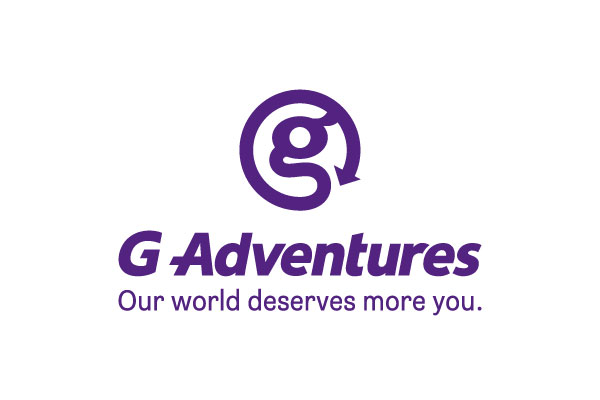





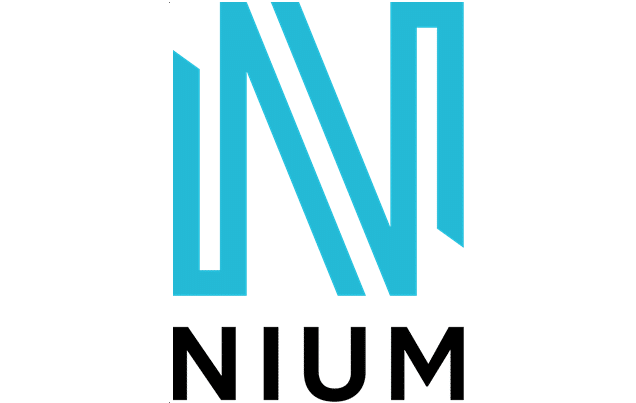
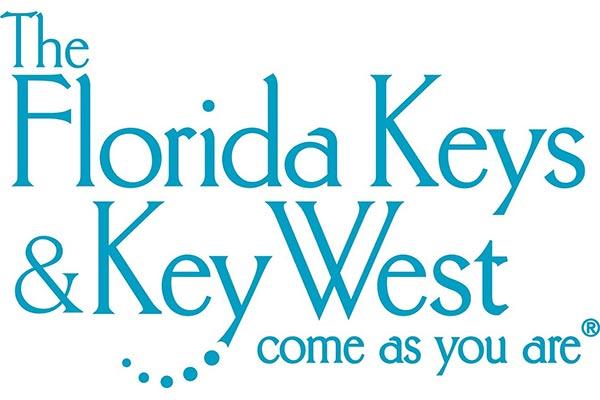




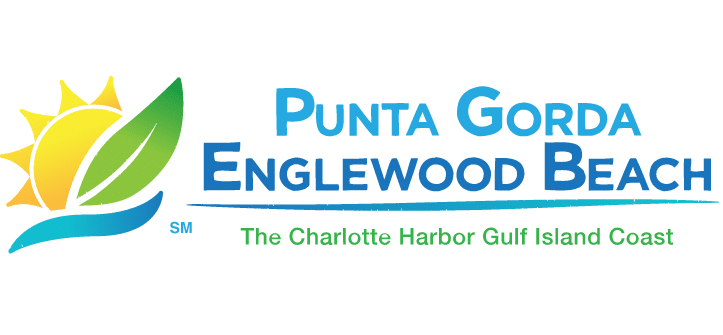





























Dozens fall ill in P&O Cruises ship outbreak
Turkish Airlines flight in emergency landing after pilot dies
Boy falls to death on cruise ship
Unexpected wave rocks cruise ship
Woman dies after going overboard in English Channel